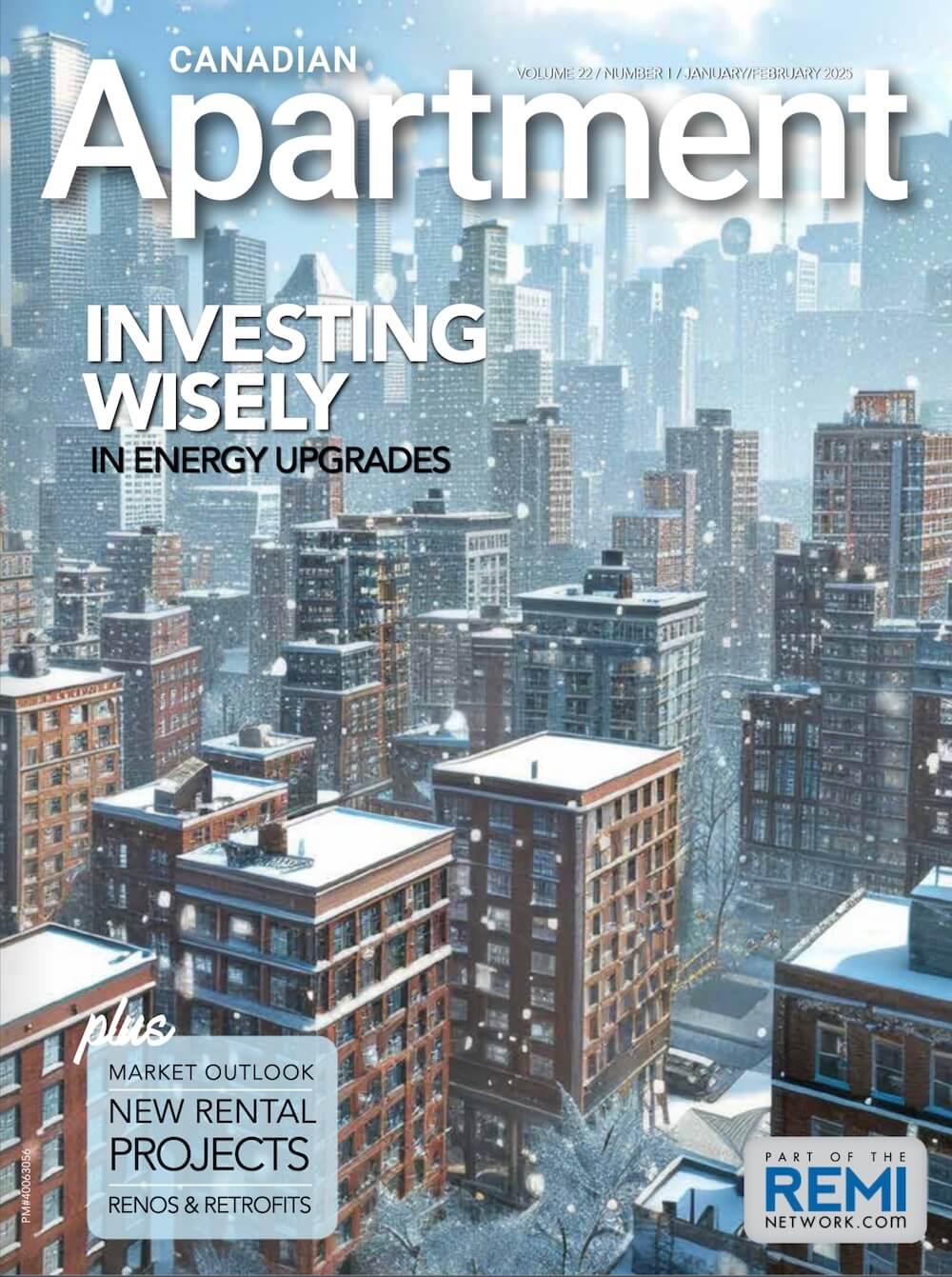Fuzzy intent and lack of baseline data makes it difficult for New Brunswickers to determine progress on housing affordability and supply, the provincial auditor general has concluded. His recently released report on the New Brunswick Housing Corporation’s rollout of the provincial housing strategy calls for more clarity on the beneficiaries, costs and timelines for achieving promised actions.
The audit looks at program and budget documentation for the period from June 29, 2023 to March 31, 2024, which coincides with the initial eight months after the New Brunswick government unveiled the strategy. In his introduction to the report, Auditor General Paul Martin advises that he chose to scrutinize the strategy because the provincial government has upheld it as a response to “a housing crisis like never before” and a means to spur development to catch up with a growing population, which is projected to reach about 900,000 by 2033.
“The goal of our audit was to ensure the strategy was clear, transparent and included adequate measurement and reporting mechanisms. We intend to perform ongoing monitoring on the progress of the strategy,” the report states.
Among areas identified for improvement, Martin argues the public can’t properly assess whether the Province is moving toward its targets for:
- no more than 15 per cent of households spending more than 30 per cent of their income on shelter; and,
- market conditions that hold annual rent increases to an average of 2.5 per cent and home price increases to an average of 4.8 per cent
because the strategy does not reveal 2023 statistics for the percentage of households paying more than 30 per cent of their incomes on shelter or the average annual increase in rents and home prices. “Without baseline data for where we are today, it is difficult for New Brunswickers to know the reasonableness of the targets,” the report observes.
It also recommends that the housing strategy explicitly define the parameters for what the provincial government considers to be high, middle and low incomes. Those definitions are deemed critical to understand and benchmark the supply of housing that can be attained with 30 per cent of household income.
The auditor general found that there is no stated timeline for completing 16 of 22 or 73 per cent of promised actions in the housing strategy, while projected costs of 50 per cent of the measures have not been calculated. Notably, a budget has not been enunciated for a promised campaign for modular housing construction, a planned skilled trades office and mission to recruit foreign workers or for extending property tax relief through 2024.
The report reiterates that “cost to government” goes beyond funds promised for dispersal to housing program participants and should include expenses related to program development and implementation, the forgone opportunity costs of allocating funds to housing versus other potential expenditures and potential interest costs for government borrowing on the loans that program participants are late or fail to repay. In the case of a promised rental loan fund for up to 750 families per year, this information has not been disclosed.






